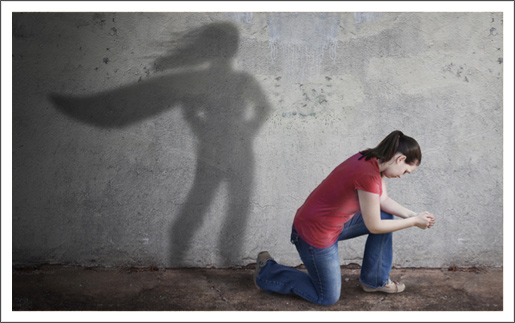

“Not only in the brain, but also in the body.” “There’s something in weightlifting and working with resistance” that builds resilience, said Chelsea Haverly, a social worker and founder of Hope Ignited, a US organisation dedicated to educating organisations and clinicians about trauma. At the same time, the scientific community is beginning to study why, exactly, some people with trauma find lifting heavy things helps them recover.
Power to the people strength how to#
Mental health groups also have begun to formalise lifting as a therapeutic tool and educate trainers in how to coach clients living with physical and psychological trauma. “There is a lot of toxic masculinity in strength training,” said James Whitworth, an exercise physiologist and health science specialist at the National Centre for PTSD and assistant professor at Boston University’s medical school, as well as a disabled combat veteran.īut as more people of all genders and abilities have discovered the benefits of strength training, the weightlifting community is becoming more inclusive and expansive. Lifters have also had to navigate a fitness culture that often glorifies a “no pain, no gain” approach, with a focus on performance and superficial appearances over long-term wellbeing. But these lifters have historically received little guidance on how to train in a way that supports their mental health and recovery. People who’ve experienced trauma have long gravitated toward the weight room, drawn, in part, to the promise of increased physical strength. “It gave me a sense of control.” And in time, he said, these feelings led to his recovery.


“Lifting gave me a sense of agency,” Xu said.

For many, the sport’s healing powers come down to the fact that, where trauma has left them feeling helpless, powerless and weak, lifting helps them feel strong not only physically, but also psychologically. Now, despite weightlifting’s associations with violent bursts of brawn, growing numbers of people who’ve experienced trauma are finding that pumping iron is a balm. Psychologists have long established that exercise is beneficial for mental health and, over the past decade, research has also shown that it can be a valuable tool for addressing post-traumatic stress disorder. Surrounded by the clinking and clanking of barbells, he slowly discovered what he described as “the healing properties of strength training”. “The only thing I had that anchored me was weightlifting, because that was the only place where I felt safe,” said the 32 year old, now a doctoral student in Toronto. He felt like the world was collapsing around him everywhere, except at the gym, where he trained in competitive Olympic weightlifting.
Power to the people strength series#
When Cheng Xu was serving in the Canadian Armed Forces as a paratrooper and infantry officer, he experienced a series of traumatic events in rapid succession – his best friend and fellow officer took his own life, a soldier under his command was injured during a live-fire exercise, and a close friend’s father was kidnapped. You can read all about it at /health/your-family This summer parents are looking for tips, advice and information on how to help their children thrive during the holiday months.


 0 kommentar(er)
0 kommentar(er)
